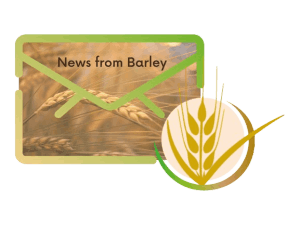
Advancing plant breeding to meet global challenges
In our previous newsletter, we highlighted how genetics and breeding improve crop yield and sustainability. This time, we look at the methods driving progress.
From the breeder’s equation R = h² × S, scientists boost genetic gain by enhancing trait heritability through precise field trials and advanced phenotyping tools like portable fluorimeters used in BEST-CROP. At the same time, genomic selection, speed breeding, and genome editing accelerate the creation of superior varieties with greater accuracy and diversity.
Read the full by Alessandro Tonelli – CREA on LinkedIn.


